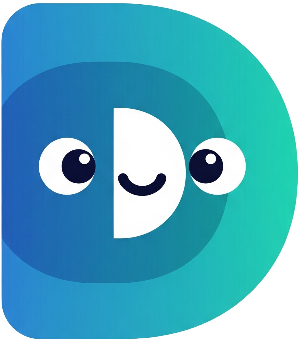Congratulations on making it to the final part of our Digital Pet Simulator tutorial! In this concluding recipe, we'll add the finishing touches to our application, making it more robust, readable, and user-friendly. We'll cover importing libraries, using string interpolation, and adding a crucial method to check for your pet's overall well-being.
Step 1: Importing the dart:io Library
Currently, we're using
stdin.readLineSync()
for user input without explicitly importing the necessary library. Let's add this import statement at the beginning of your Dart file to make our code more explicit and maintainable.
import 'dart:io';
This line imports the
dart:io
library, providing access to standard input/output functionalities.
Step 2: String Interpolation for Cleaner Code
String concatenation, as we've used so far, can become cumbersome. Dart provides a more elegant solution: string interpolation. This technique allows you to embed expressions directly within strings using
${expression}. Let's use this to improve our
displayStatus()
and other
print
statements.
Replace lines like:
print("--- " + name + "'s Status ---");
with:
print("--- ${name}'s Status ---");
Apply this change to all relevant
print
statements throughout your code. This makes the code more concise and readable.
Step 3: Adding a needsAttention() Method
Let's create a method that checks if our pet needs urgent attention based on extreme hunger or low happiness. We'll introduce constants for readability and maintainability.
Add the following method inside the DigitalPet class:
static const int MAX_STAT_VALUE = 10;
static const int MIN_STAT_VALUE = 0;
bool needsAttention() {
return _hunger >= MAX_STAT_VALUE || _happiness <= MIN_STAT_VALUE;
}
This method efficiently checks for critical hunger or unhappiness using constants to clearly represent threshold values, enhancing code clarity and maintainability.
Step 4: Integrating needsAttention() in the Main Loop
Now, let's integrate this new method into our main game loop. After each action (feeding, playing, time passing), let's check if the pet needs attention.
Add this section at the end of the while loop in your main function:
if (myPet.needsAttention()) {
print('Warning: ${myPet.name} really needs your attention!');
}
This will add warnings to the main loop, making your pet sim more engaging.
Step 5: (Optional) Adding Status Bar Improvements
For an even cleaner
_getStatusBar
method, use a ternary operator for even more compact code. Replace the loop inside
_getStatusBar
with:
String bar = '';
for (int i = 0; i < MAX_STAT_VALUE; i++) {
bar += (i < value) ? '#' : '-';
}
return bar;
This achieves the same result with fewer lines of code.
Conclusion:
Congratulations! You've successfully built a fully functional digital pet simulator! You've learned fundamental Dart concepts, including variable declaration, conditional statements, loops, asynchronous programming, OOP, and code organization. You should be incredibly proud of your achievement. This project demonstrates a solid foundation in Dart programming. Remember to experiment, explore, and continue learning!
